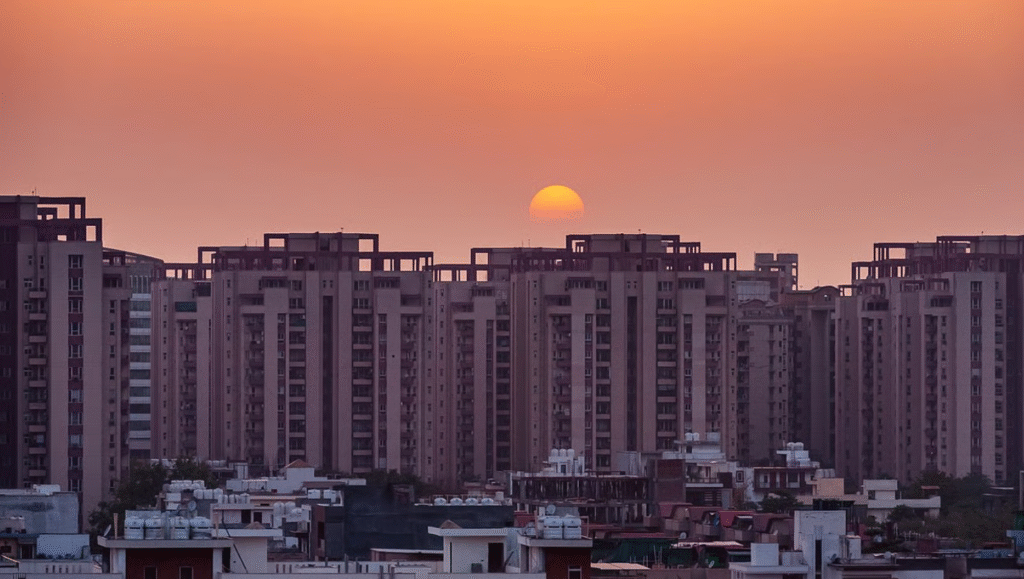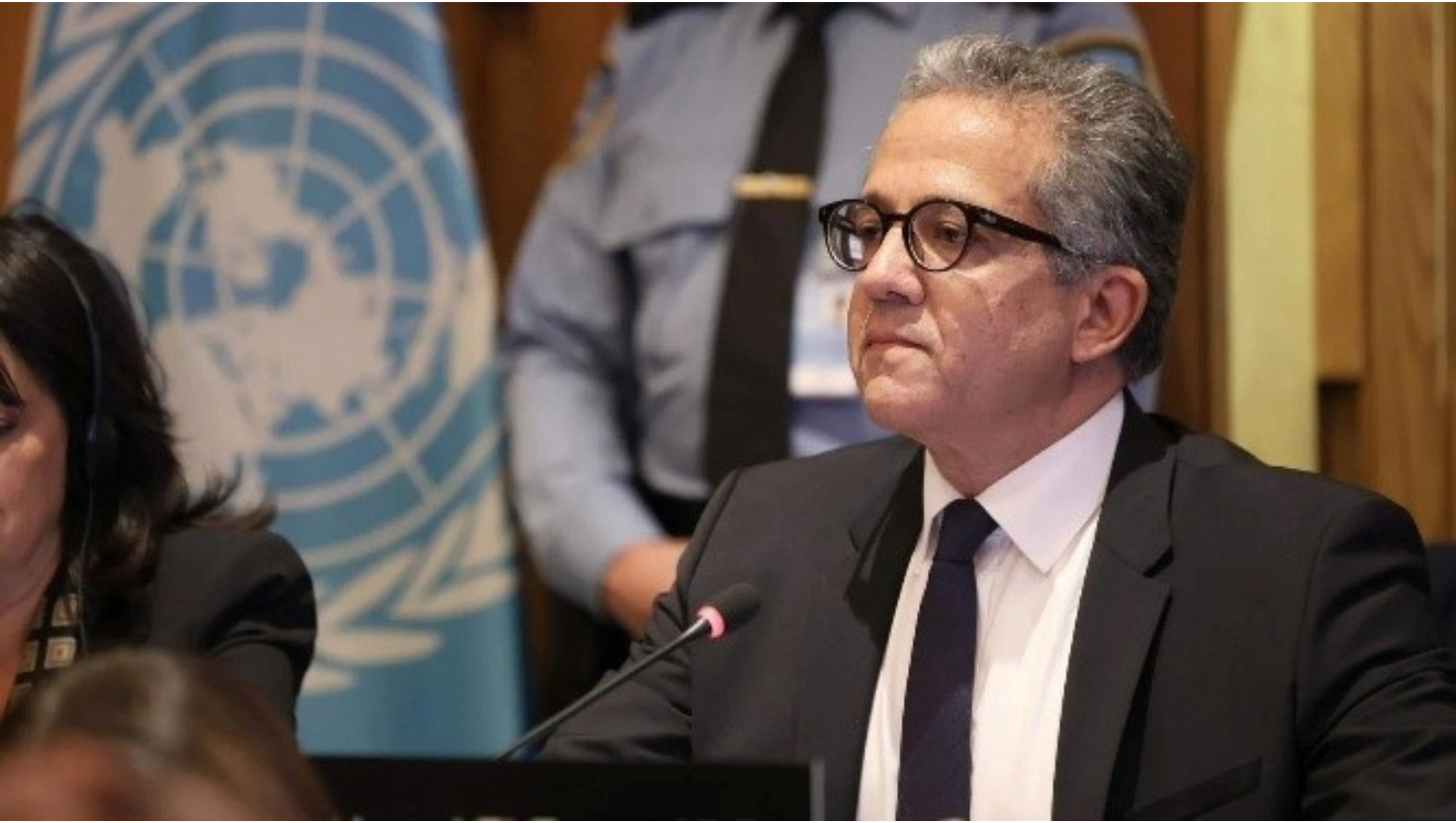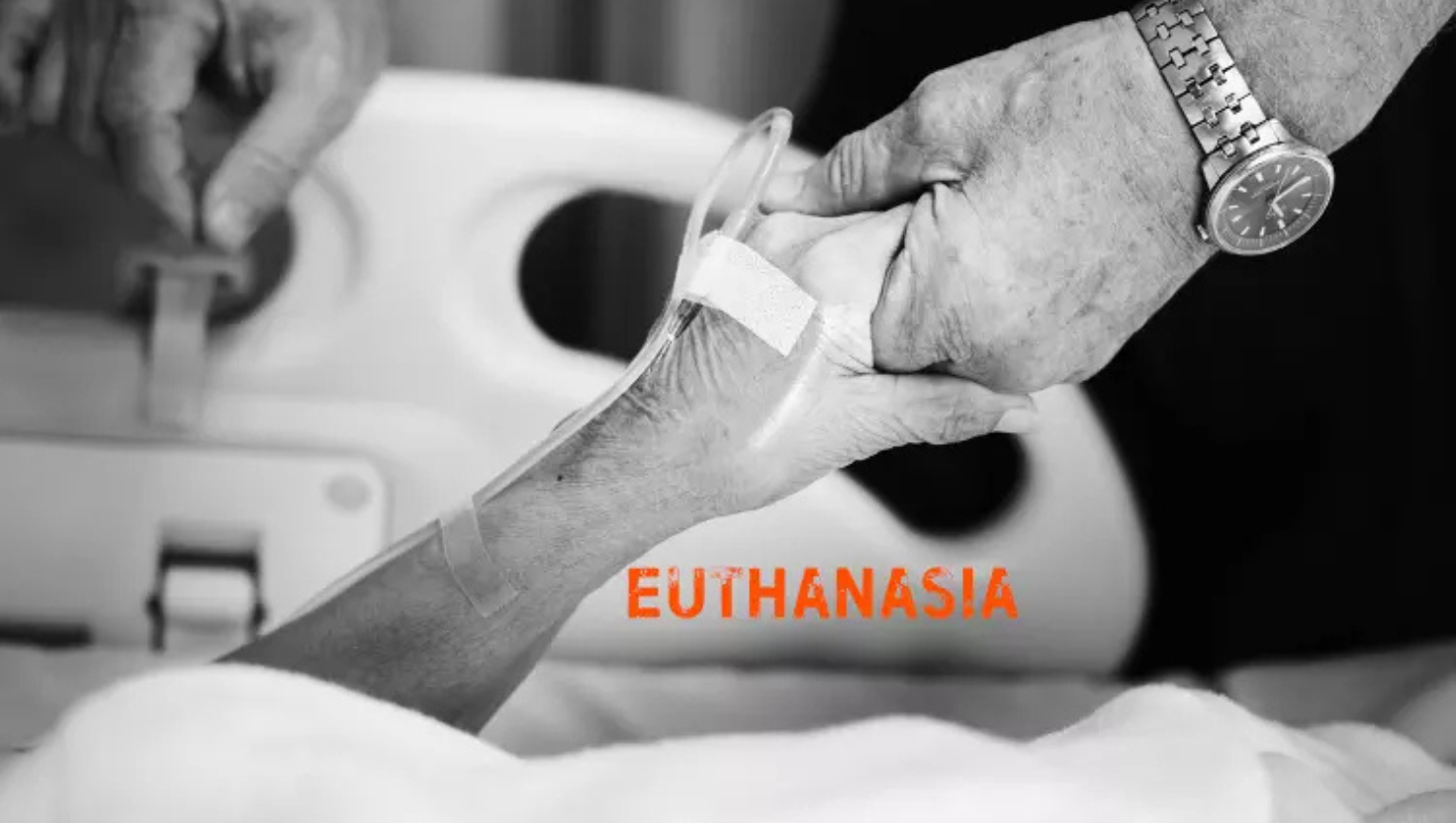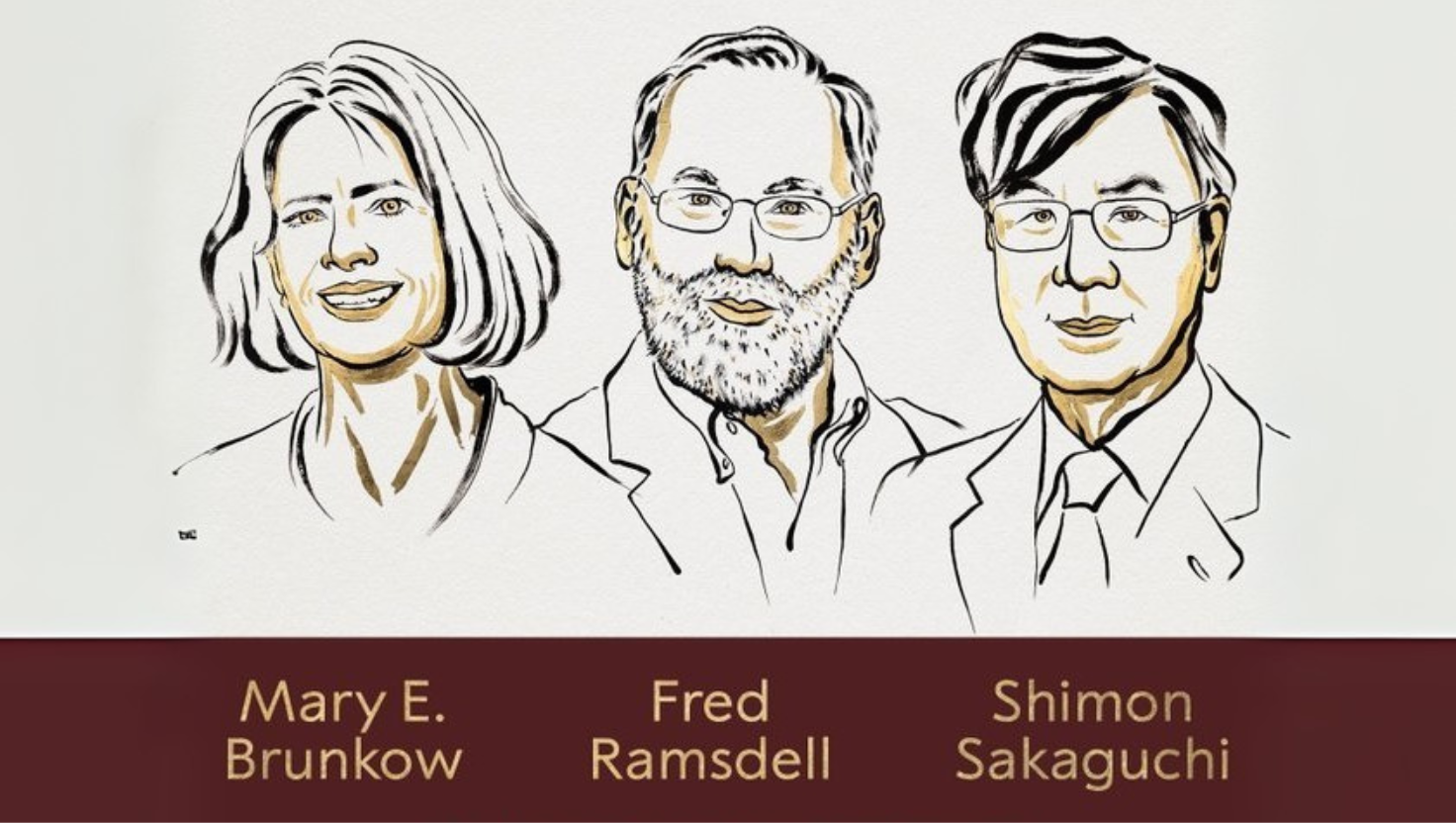Right to Housing under Article 21
Syllabus: General Studies Paper-II (Issues relating to development and management of Social Sector/Services relating to Health, Education, Human Resources)
Source: Deccan Herald
Introduction
The Supreme Court has once again underlined that the right to housing is an integral part of the right to life under Article 21 of the Constitution. Shelter, the Court clarified, is not just a roof but a safe and habitable dwelling with basic services. This judgment is important as it connects constitutional rights with the real estate sector, homebuyers’ protection, and systemic reforms.
Constitutional & Legal Basis
- Article 21: Expansively interpreted to include dignified living conditions.
- Judicial Precedents:
- Olga Tellis v. BMC (1985) – Right to livelihood and shelter for pavement dwellers.
- Chameli Singh v. State of U.P. (1996) – Explicit recognition of shelter as part of Article 21.
- Shantistar Builders v. Narayan Khimalal Totame (1990) – Right to life includes reasonable accommodation.
Thus, housing is consistently treated as a basic human right, not a privilege.
International Context
- UDHR (1948), Article 25 – Housing is part of adequate living standards.
- ICESCR (Article 11) – Adequate housing as a socio-economic right.
- India’s Role – As a signatory, India is obligated to uphold these commitments.
Current Housing Challenges in India
- Urban Housing Shortage – Nearly 29 million units, mostly for EWS.
- Informal Settlements – Over 35% of urban population in slums/unauthorized colonies.
- Rural Housing Gaps – Despite PMAY-G, many lack pucca houses.
- Real Estate Malpractices – Delays, fund misuse, speculative pricing, exploitation of buyers.
- Weak Regulation – RERA has improved transparency but remains uneven across states.
Significance of the Recent Judgment
- Protects Homebuyers – Recognizes their vulnerability and safeguards life savings.
- Prevents Real Estate Bubbles – Warns against speculative pricing and black money flows.
- Revival Fund Proposal – To finance stalled but viable projects.
- Reform-Oriented Approach – Suggests a judicially monitored committee for systemic reforms.
Policy Dimensions
- Government Schemes: PMAY (Urban & Gramin), Rajiv Awas Yojana, Indira Awas Yojana.
- Issues: Delays, corruption, weak targeting, lack of infrastructure integration.
- Financial Aspects:
- High NPAs in real estate finance.
- Informal cash-driven property deals.
- Social Justice Angle:
- Housing impacts health, education, women’s dignity, and social equity.
Implementation Challenges
- Scarce and expensive urban land.
- Regulatory delays increase costs.
- Weak state/local government capacity.
- Mismatch in demand-supply – Poor remain underserved.
- Weak RERA enforcement – Builders often bypass compliance.
Wider Significance
- Judiciary playing a proactive role in socio-economic rights.
- Reinforces State’s duty under Directive Principles (Art. 39, 41, 47).
- Pushes for systemic real estate reforms in a sector vital for growth yet prone to inequality.
Way Forward
- Strengthen RERA enforcement and speed up dispute resolution.
- Expand affordable housing finance with lower interest rates.
- Adopt land pooling, inclusionary zoning, and better urban planning.
- Set up a Revival Fund with strict accountability norms.
- Promote PPP models in affordable housing.
- Align housing policies with SDG 11 (Sustainable Cities) and SDG 1 (No Poverty).
Conclusion
The Supreme Court’s ruling is more than a legal clarification—it is a call for systemic reform. By treating housing as part of the right to life, the Court has connected constitutional morality with economic governance. To achieve “Housing for All” and inclusive urbanization, India must move beyond symbolic schemes and ensure affordable, accountable, and dignified housing for every citizen.











